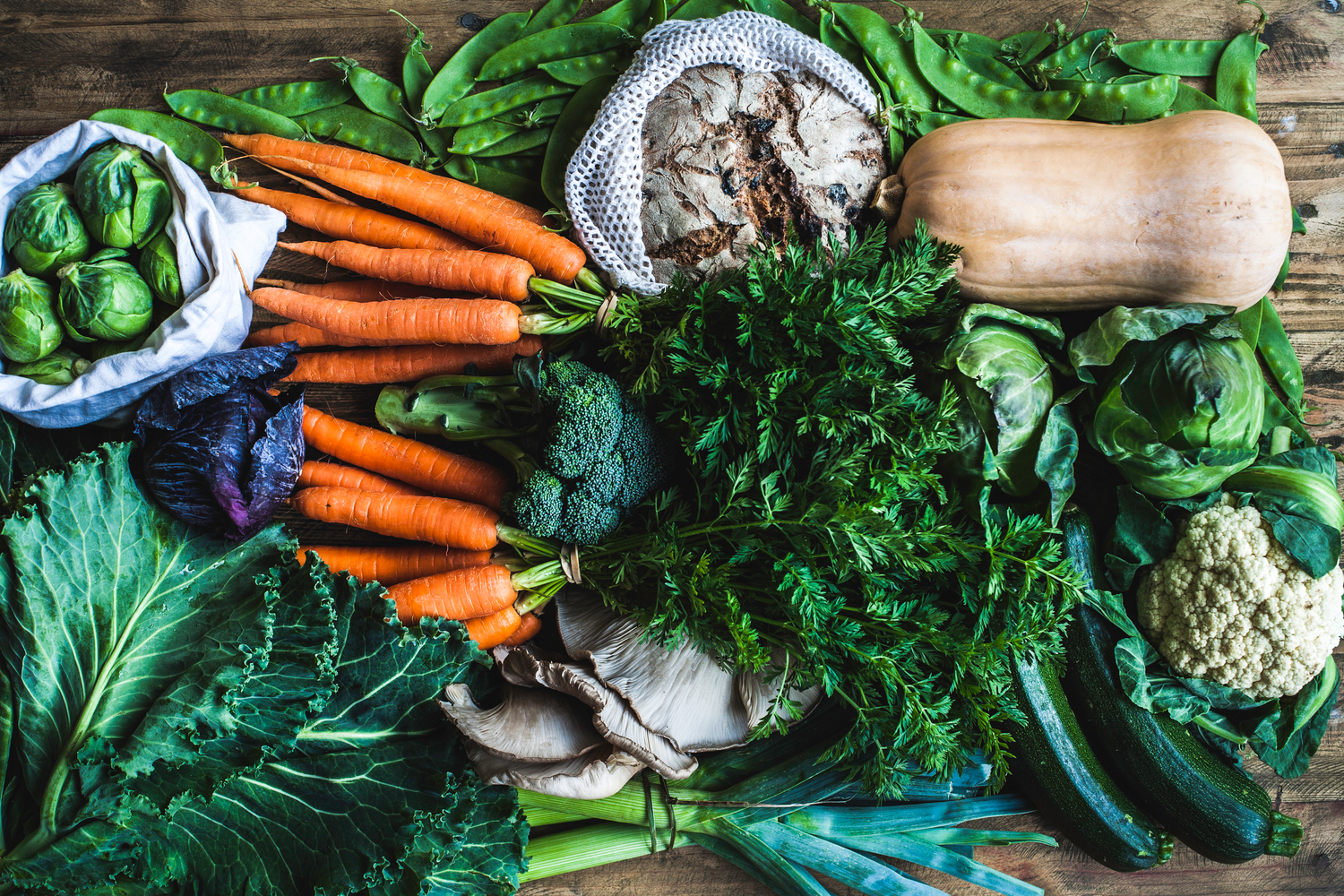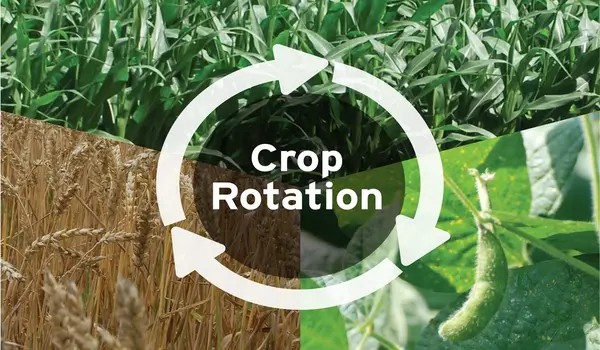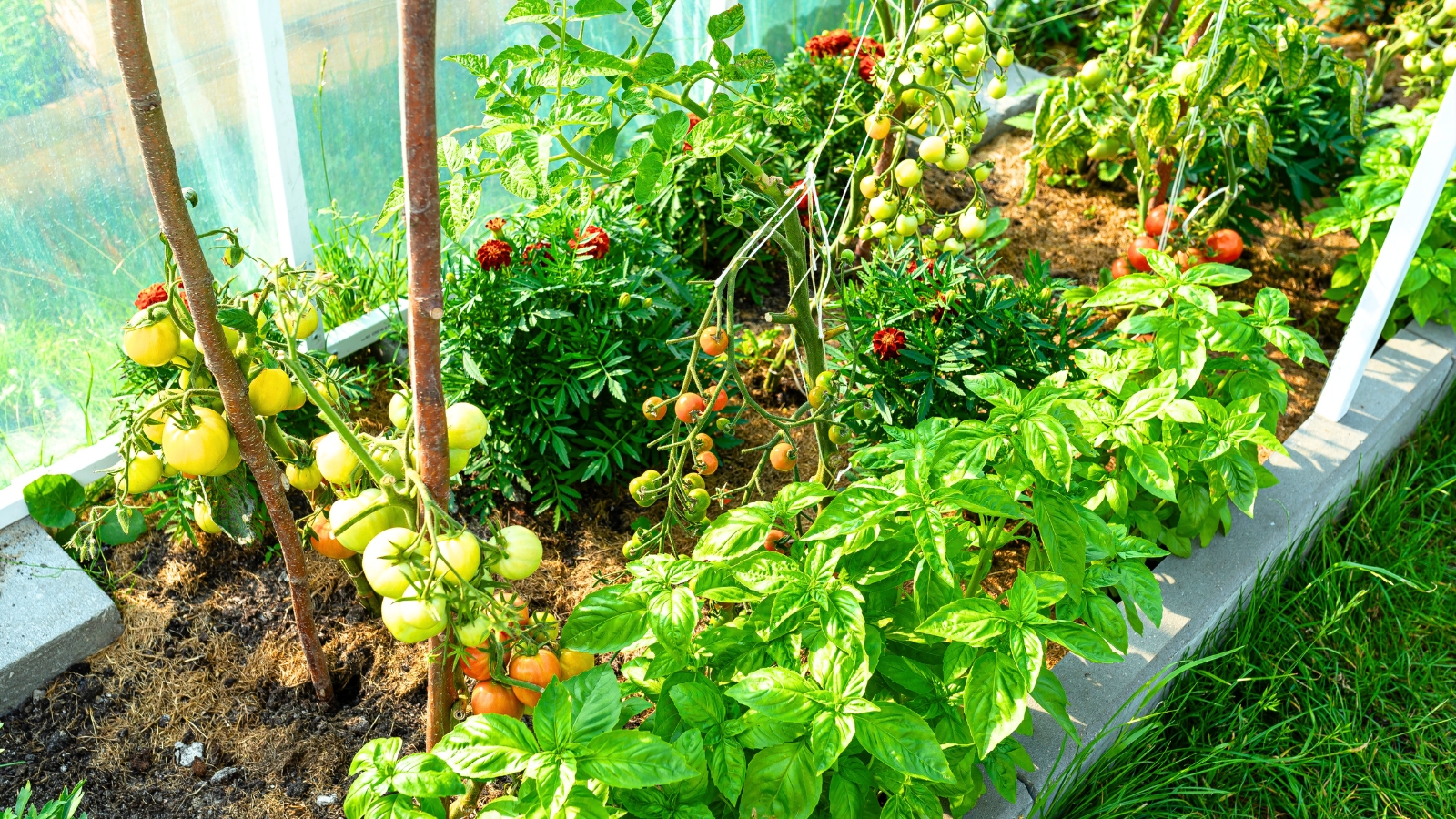Garden watering, especially for an organic one, is an art and science married together, but don’t fret, it is much easier than you think. You would have pools or tanks filled with water in your backyard, glaring the sunlight with thick green plants all around. Sounds good, right? No matter if you’re making Instagram reels of enormous tomatoes or flowers that are reminiscent of Monet, watering plants is an important element. If you avoid the right positioning, then your crops would either die in soil or drown with water. If things turn out well, then your garden turns into a small paradise. This manual will go over how to appropriately water your plants while reducing waste to the maximum amount.
Philosophy of Watering
One size fits all does not stand true for plants, and watering is a perfect example to justify this. Cucumber and lettuce would fall under the family of vegetables, which are a bit more thirsty and tend to consistently need moisture; on the other hand, drought-tolerant herbs like thyme or rosemary would suffice with a sip here and there. You need to think of plants as pigeons, and each variety of plant shares the same house and has its own watering-specific needs; this is the rule of thumb for watering efficiently.
The type of soil in your surrounding garden is also significant to consider when tending to your plants. Does it have sandy soil that drains quickly, or does it have clay soil that is always wet and saturated like a needy friend? Compost is commonly used by organic gardeners to enhance the quality of soil content, ensuring good moisture retention without water logging. In this way, by understanding your soil type and the plant’s requirements, you can ascertain how much water to output, hence eliminating cases of using too little or excess water.
Choosing Suitable Watering Devices and Methods
Can you still recall those good old days with the watering can? It’s vintage alright, but it’s quite unlikely that’s going to be the most effective for someone with a bigger organic garden! As the people in the watering world refer to them, drip irrigation systems and soaker hoses are usually the heroes of the job! These bad boys deliver water directly to your plants where it is most needed—that’s right, the root of the plant. What this does is reduce the rate of evaporation and ensure that the leaves do not remain soggy for prolonged durations, ensuring diseases like mildew are kept at bay.
Do you fancy multitasking? Then get timers for your irrigation system, set them, and forget them! Now that is what I call stress-free gardening. In case I have smaller gardens, a good-quality hand-held nozzle with adjustable settings does it. I feel as though I’m treating every single plant. Watering a garden is a bit of an art; combining the right tools with proper techniques ensures that your garden is healthy, given what it needs, and is protected from what it does not need.
Timing Is Everything: Best Practices for Watering
What time should be used for watering the garden is as important as what time should the watering be done. So why not prime time with morning water? Your plants will wake thirsty, and you can give them a drink, and the best part is that before the heat of the day arrives, evaporation of water won’t be of concern. What’s more, they have time to dry off before the evening, reducing the chances of diseases in the leaves.
Watering in the evening or late afternoon can be tempting, especially for people with busy routines, but at times it can be risky. If water is resting on the leaves overnight, it is like rolling out the rug for fungus to move in. Nevertheless, life happens—in case of flooding at the end of the day as your last resort, try to keep it off the leaves and concentrate on the soil. Here is an age-old rule of thumb that is worth remembering: slow and steady wins the race. Rather than dunking the flowers for a quick bath, deep-soaking them over a period of time would yield better results.
Water Conservation in Your Garden
Here’s a fun fact for you: when you include watering ferns and cucumbers and engaging in other gardening activities, one is likely to waste gallons of water without realizing it every week. Avoid being “that guy”! While every drop counts, there are a few that are game changers. Mulch is a game changer; it is like sunscreen for the soil. It protects the soil from moisture loss due to exposure. Organic ones such as straw, wood chips, or even shredded leaves do this job beautifully.
Would you like to boost your eco-friendliness ranking? Employ rain barrels. Not just is this an environmentally friendly alternative, but also your plants would enjoy this because they get pristine water straight from nature rather than tap water. A noteworthy hint? Install a rain barrel underneath your downspouts. Don’t waste any, and your water usage on irrigation will be so small that you wouldn’t be able to finish the phrase “drip irrigation” in time.
Monitoring and Adjusting Your Watering Routine
Tweak is almost every other diet plan after some time. Plants are basically delicate creatures like humans and require care and attention that just so happens to change over the course of the day, allowing them to grow. Therefore, do keep an eye on your garden because extreme weather could have an effect on it; a heatwave could result in even greater amounts of water needed per day, whereas a rainy period would mean an even longer break for you.
Your plants will send you signals, too. Leaves drooping in the midday sun? That’s a cry for help—just make sure their soil is still thirsty before you flood them. On the other hand, yellowing leaves are signs of excessive watering. Everything in moderation. In fact, a soil moisture meter is a great investment as it prevents common beginner mistakes. Tweak the changes in your timing of watering the plants, and within a short span, your garden will grow.
Conclusion
Watering your organic garden with the least amount of waste is a key element for having plants with juicy fruit or beauty in flowers, and more importantly, it helps to save water as well. Starting out with an idea of what you are dealing with in terms of your plants requirements, tools, time, and waste, you are bound to do great in the garden.
A thing to note while growing plants is that it is not a job that needs to be done right; it is a job more focused on how it improves over time. Look forward to new developments throughout your gardening process, and don’t forget to check our other guides so you can arm yourself with more knowledge and skills in an eco-device context. Make every drop count; there is beauty in nature, and your bare hands can make it happen!
FAQs
1. How often should I water my organic garden?
It mainly depends on the weather, type of soil, as well as types of plants you have in the garden. Most plants prefer the water to be spread through deep soaking once in a while rather than sprinkling lightly and frequently; thus, they like 1-2 gallons of water a week.
2. Can I use tap water for my garden?
Eating so much salt is bad for you, but in optimism, using filtered water is the solution perhaps! Some plants actually grow and thrive, as well as hate the chlorine, so tinker with whatever works for you!
3. Which mulching material could be most effective for minimising water loss?
Mulching materials that are made up of organic material such as straw, wood chips, shredded leaves, or even bark are very useful in minimizing evaporation and in maintaining moisture in the soil.
4. How can I stop exercising plant irrigation excessiveness?
A soil moisture meter can be utilized to check if the soil needs water. Alternatively, one can also use their hand to logic a small depth of about an inch in the soil if it is still wet, then do not water the plants. Also look out for indications like yellowing of the leaves, which show signs of too much watering.
5. My region has scanty rainfall. Is there any chance that I can have a successful organic garden?
Emphatically! Use drought-tolerant plants, purchase drippers and soaker hoses, and apply mulch abundantly to keep water from escaping.




